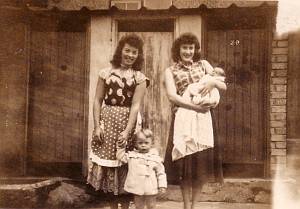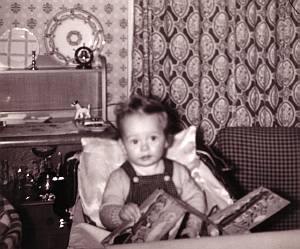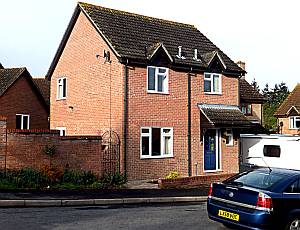When you take a photograph or video do you think about the use future generations will make of your work?
Photography was one of the first ‘new media’ that enabled people to see a place they had never physically visited. Together with sound recording it enabled barriers of place and time to be broken down.
It also does rather more than that. One of my particular hobby horses is that family history needs to be viewed as more than a list of names, places and occupations. We should also consider the times in which they lived. The photograph, and latterly the video, provide a method to give us this extra information. As camera equipment became cheaper, and more people were able to take photographs, it enabled us to see how all levels of society lived. Before photography, and in its early years, it was the wealthier members of society who were depicted.
By opening a window to the masses the photograph can also show “true” history rather than the popular view of history we tend to take for granted.

Two proud mothers…
The popular view that everyone in the 1960s was a hippy and spent all their time lazing about and listening to Grateful Dead albums in a haze of naughty smoke is a little off the mark. That will certainly shock my eldest niece. She is convinced I must have known The Beatles and met President Kennedy!

Baby and book
It goes without saying that this process works in reverse. I remember spending a happy hour or two indexing photographs of the building of Basingstoke town centre. They were donated to the library some years ago. Most were helpfully catalogued. A few were not and a rough date could be worked out from looking at surrounding buildings, fashions and other objects like cars. In some cases this took some time and I’m sure my mutterings and wanderings round the reference section in Basingstoke library were a subject of some speculation for staff!

Suburban House in Basingstoke
One final area in which pictures can help is in jogging the memory. When the occasion demands a picture can act as an aide memoir and open up the memory. This is something the family historian finds invaluable when trying to find additional information for a family member.
Remember, your photographs are a record of the people and places that are in them. They are much more than a simple picture.
Have fun with your photographs and researching your family history.
Terry Firth Research Services
Record Shots – a definition
Time and Photographs Stand Still For No Man
Shedding Light on Your Life and Times
Time
We would love to have your articles or tips posted on our site.
Find out more…
Write for Photokonnexion.

